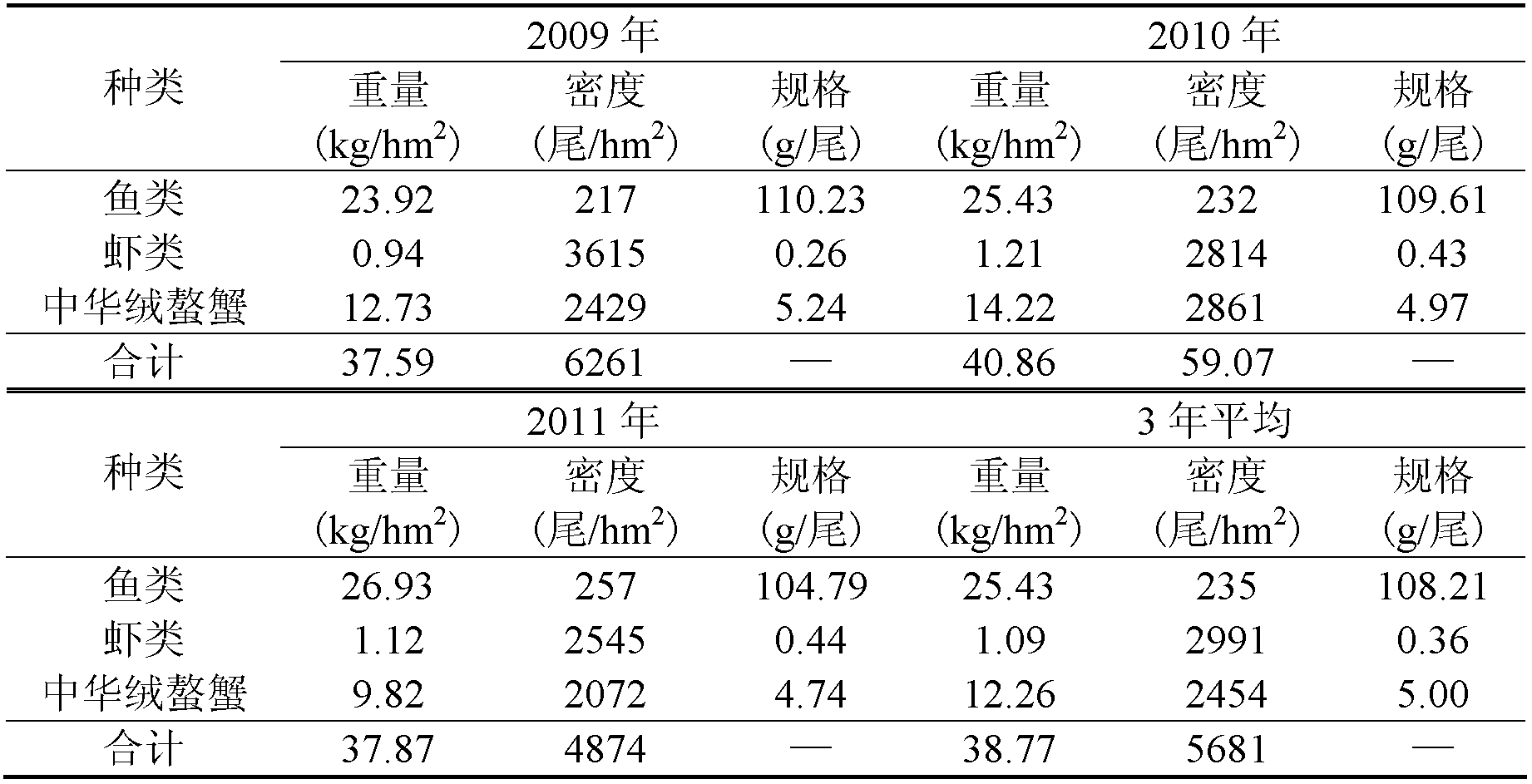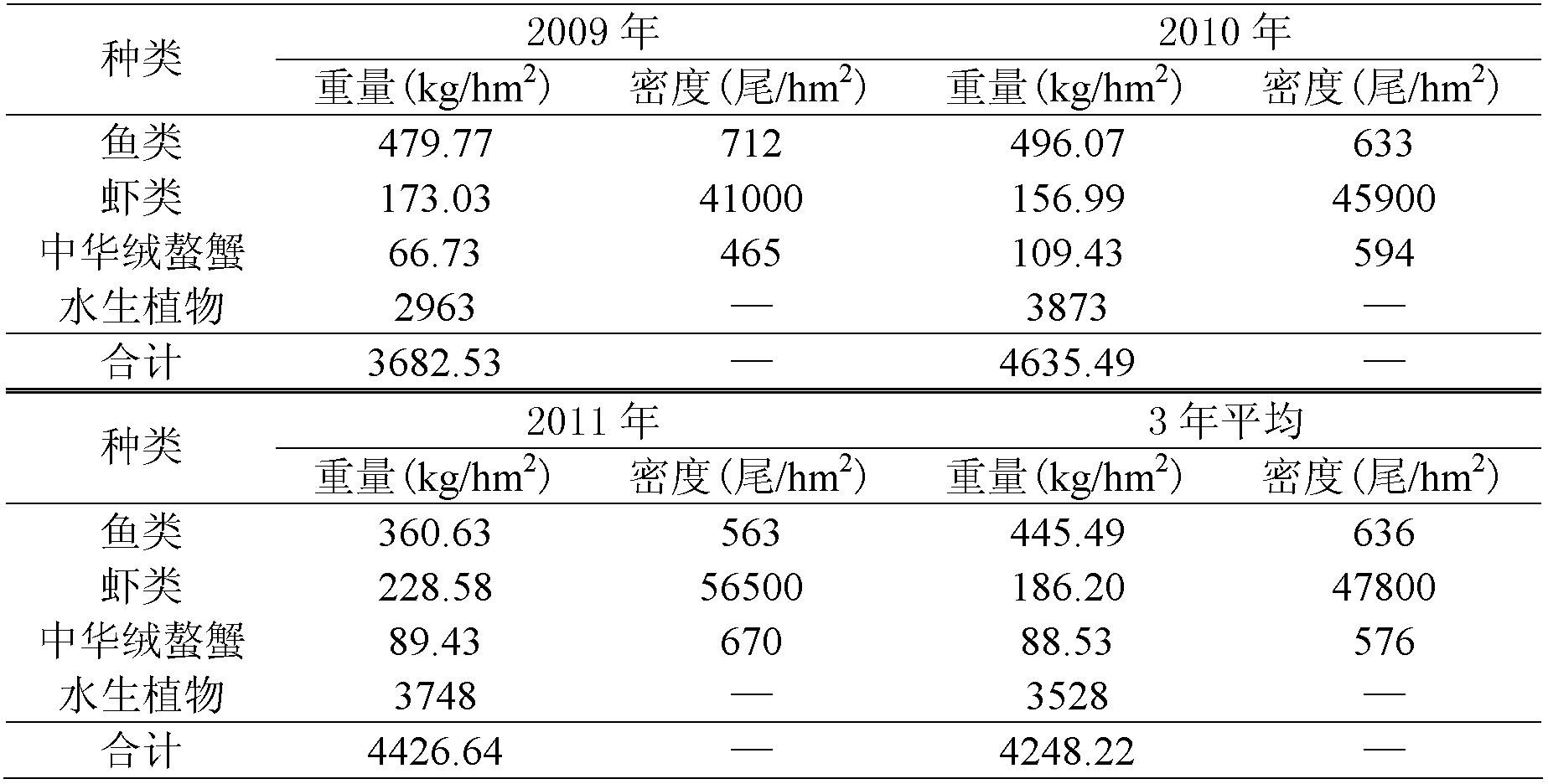Method for improving carbon sequestration capability of marsh lands and method for evaluating sequestration capability of marsh lands
An evaluation method and swampland technology, applied in botany equipment and methods, climate change adaptation, horticulture, etc., can solve the problem of accurate evaluation, improvement of swamp carbon sequestration capacity, decline of biological carbon sequestration capacity, carbon sequestration of natural swamp water body Low capacity and other problems, to achieve the effect of fast and accurate carbon sequestration capacity and simple evaluation method
- Summary
- Abstract
- Description
- Claims
- Application Information
AI Technical Summary
Problems solved by technology
Method used
Image
Examples
specific Embodiment approach 1
[0012] Specific implementation mode 1: In this implementation mode, a method for improving the carbon sequestration capacity of swampland is carried out through the following steps:
[0013] 1. Implementation of civil engineering in the target area for improving the carbon sequestration capacity of the swamp: Divide the target area for improving the carbon sequestration capacity of the swamp into several units, each with an area of 100-200hm 2 , Excavate a closed circular ditch around the boundary of each unit. The depth of the closed circular ditch is 1.2-1.5m and the width is 5-10m. The width of the ditch is 1.5-2.0m, and the depth is 1.0-1.2m. The open ditch communicates with the closed circular ditch, and the river or diversion channel communicates with the closed circular ditch at the boundary of each unit for water supply and drainage; among them, Collect the soil and vegetation excavated from the closed circular ditch and the open ditch respectively. The soil is used ...
specific Embodiment approach 2
[0017] Embodiment 2: This embodiment differs from Embodiment 1 in that the target area in step 1 is an inland river floodplain type natural herbaceous swamp; there are rivers in the target area to replenish water or diversion canals for water supply and drainage, and the water supply and drainage can be adjusted. Other steps and parameters are the same as those in the first embodiment.
specific Embodiment approach 3
[0018] Specific implementation mode 3: The difference between this implementation mode and specific implementation mode 1 or 2 is that the water quality of the swamp in the target area in step 1 must comply with "GB11607-89 Fishery Water Quality Standard" and "NY5051-2001 Pollution-free Food Freshwater Aquaculture Water Quality" "Requirements. Other steps and parameters are the same as those in Embodiment 1 or 2.
PUM
| Property | Measurement | Unit |
|---|---|---|
| Depth | aaaaa | aaaaa |
| Width | aaaaa | aaaaa |
| Width | aaaaa | aaaaa |
Abstract
Description
Claims
Application Information
 Login to View More
Login to View More - R&D
- Intellectual Property
- Life Sciences
- Materials
- Tech Scout
- Unparalleled Data Quality
- Higher Quality Content
- 60% Fewer Hallucinations
Browse by: Latest US Patents, China's latest patents, Technical Efficacy Thesaurus, Application Domain, Technology Topic, Popular Technical Reports.
© 2025 PatSnap. All rights reserved.Legal|Privacy policy|Modern Slavery Act Transparency Statement|Sitemap|About US| Contact US: help@patsnap.com



